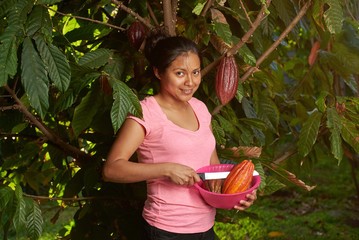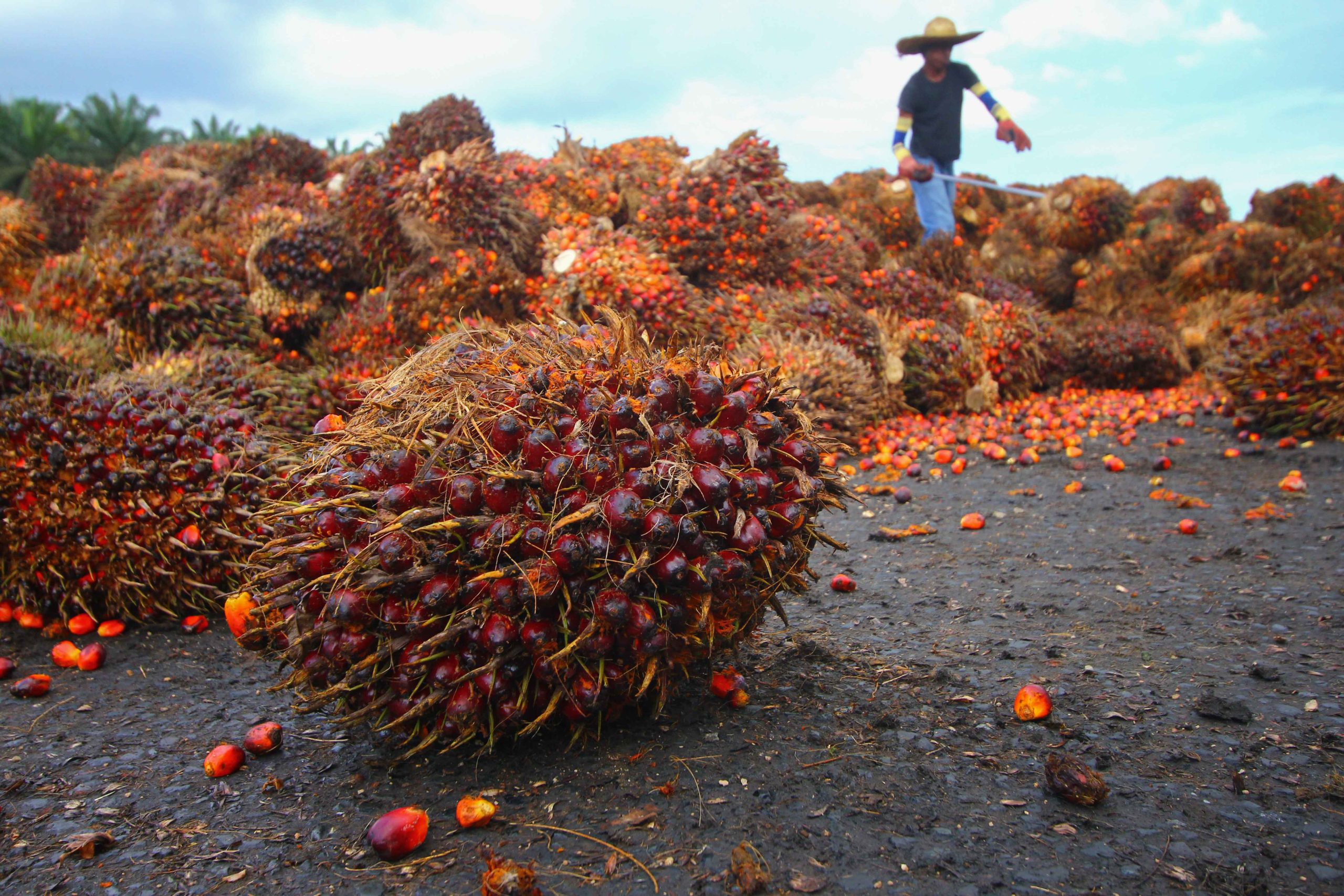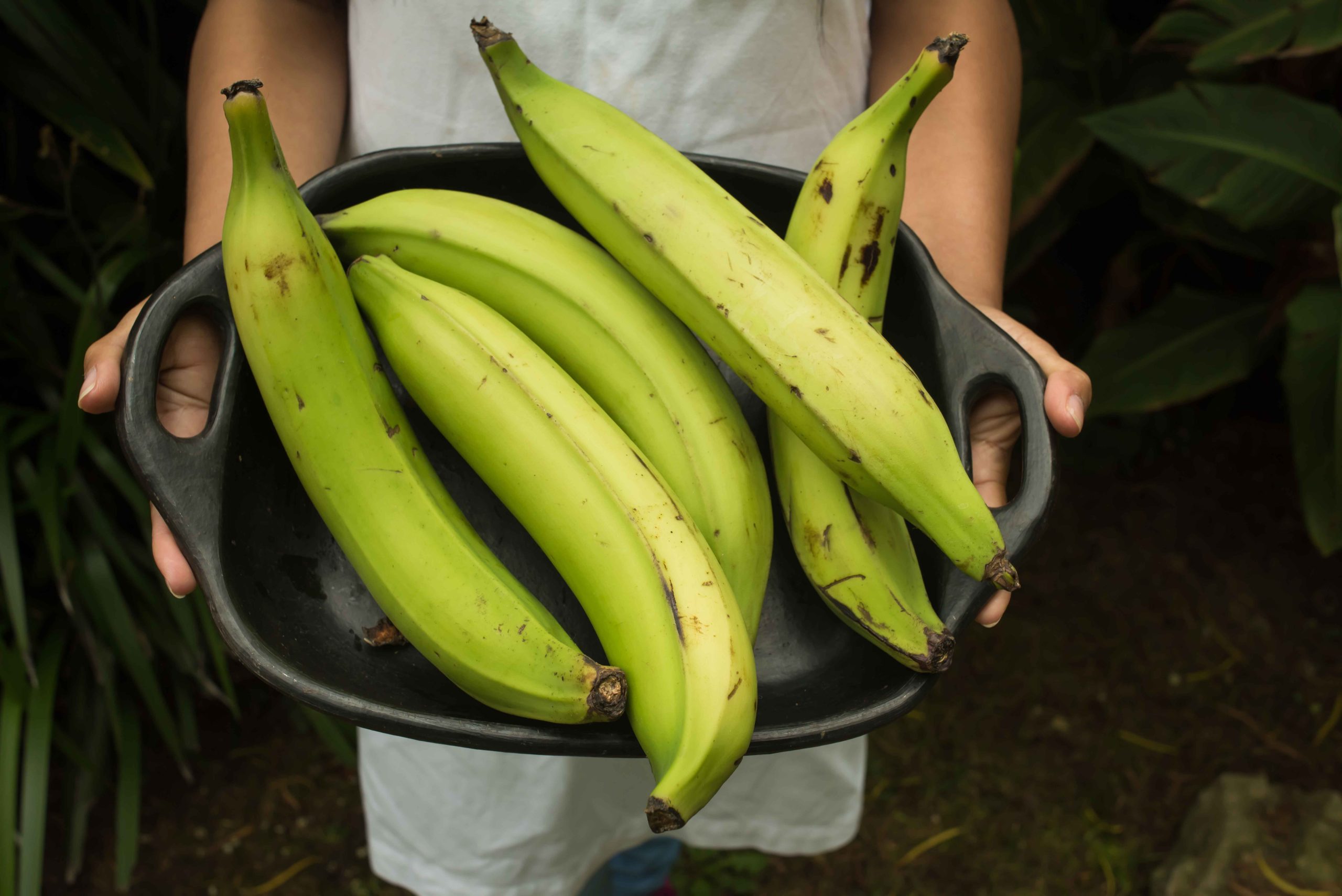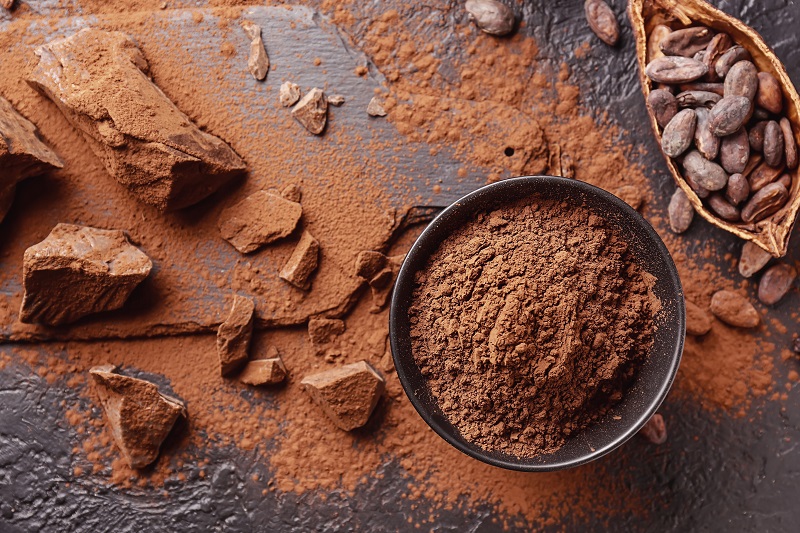TBC Ingredients ApS
From cocoa to ingredients
Harvesting
Immature cocoa pods have a variety of colors, but most often are green, red, or purple, and as they mature their color tends towards yellow or orange. The ripe and near-ripe pods, as judged by their color, are harvested from the trunk and branches of the cocoa tree with a curved knife on a long pole. The pods (or the seeds extracted from them) are transported to the fermentation area on the plantation.
Our
Cocoa products
– Natural, 20-24%
– Alkalized, 20-24%
Process
Processing
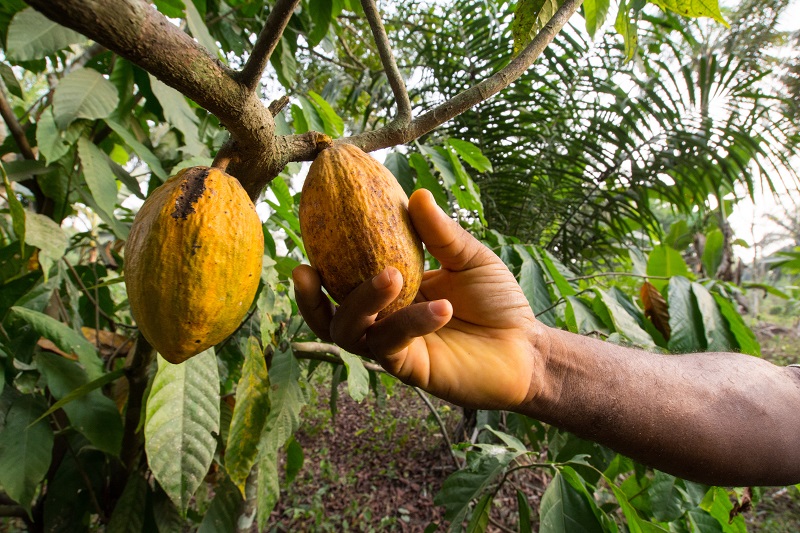
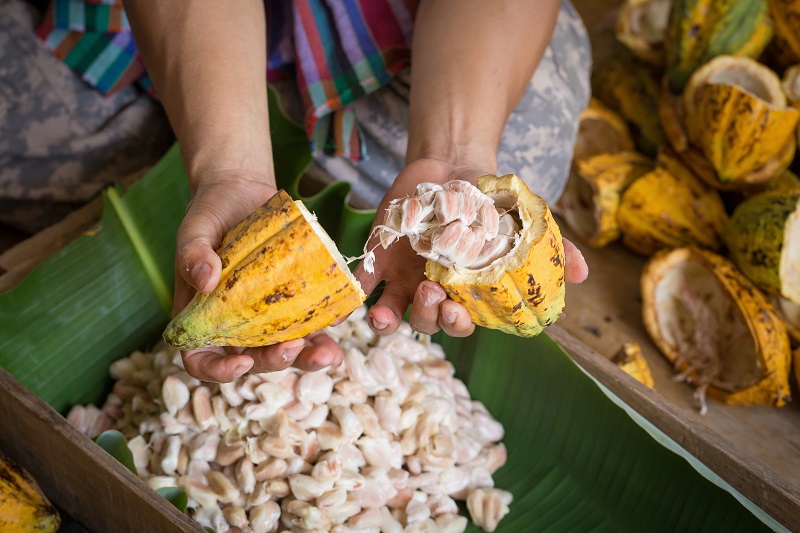
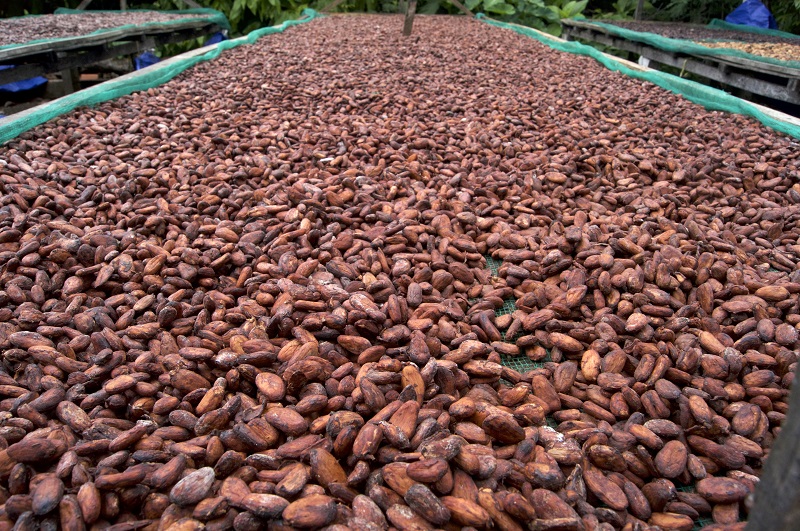
Rape cocoa pods ready for being harvested.
The pods are split open with machetes then the beans and their surrounding pulp are pulled out into waiting buckets.
Drying fermented cocoa beans
Process
In the factory
Treating with alkali produces cocoa nibs, which is less acidic, darker and more mellow in flavor.
The roasting process is to develop aroma, flavor, and to achieve full sterilization. The time and temperature of the roast affect the result: A “low roast” produces a more acid, aromatic flavor, while a high roast gives a more intense, bitter flavor lacking complex flavor notes.
To achieve the cocoa liquor (liquid) the nibs goes in to a grinding process (in 3 steps) where they are transformed into liquid form.
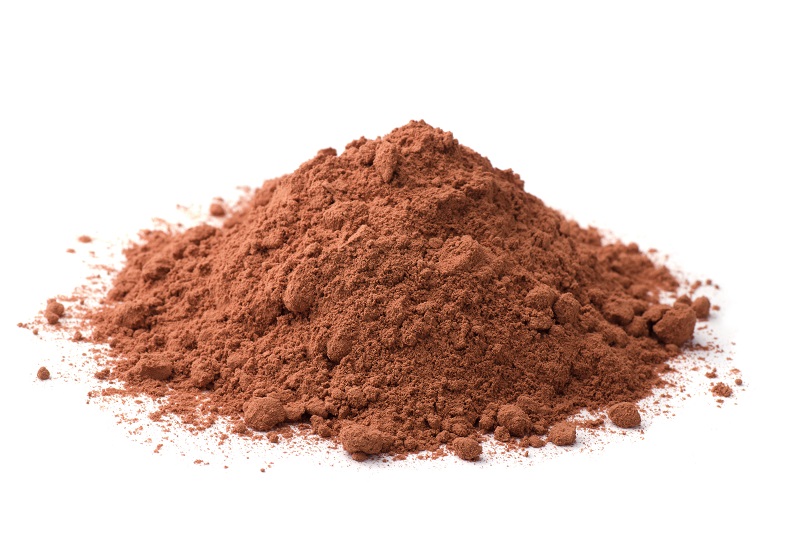

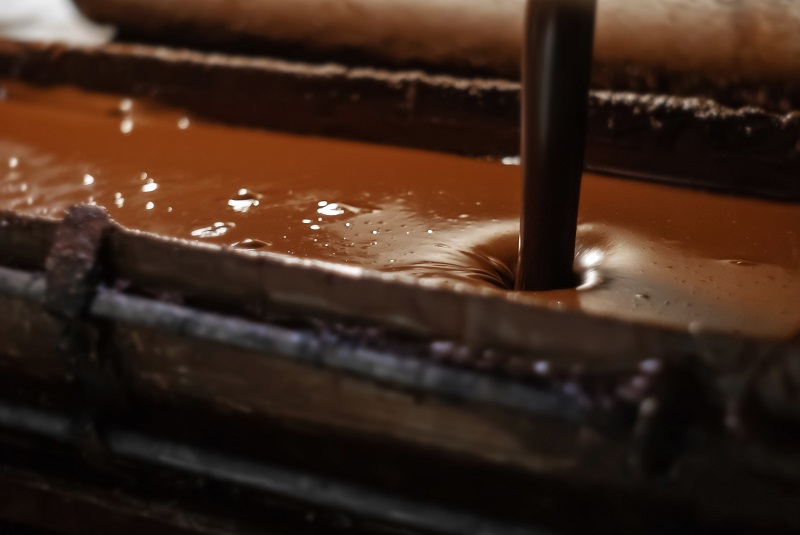
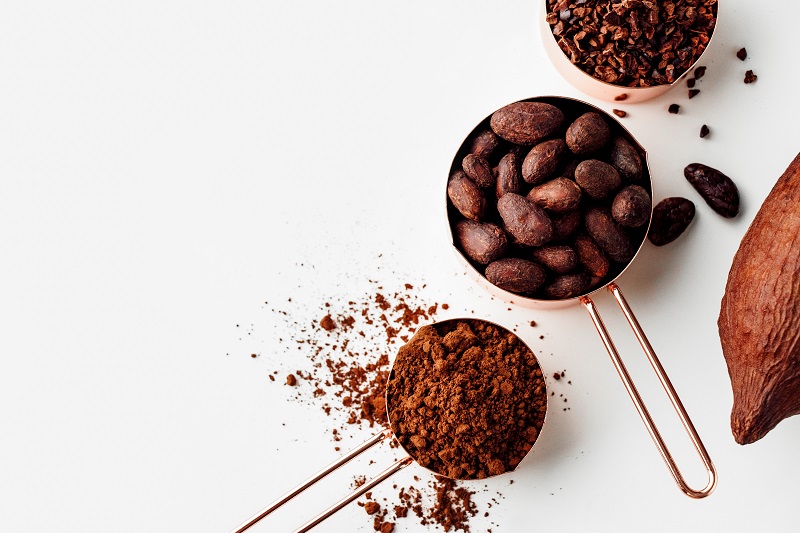
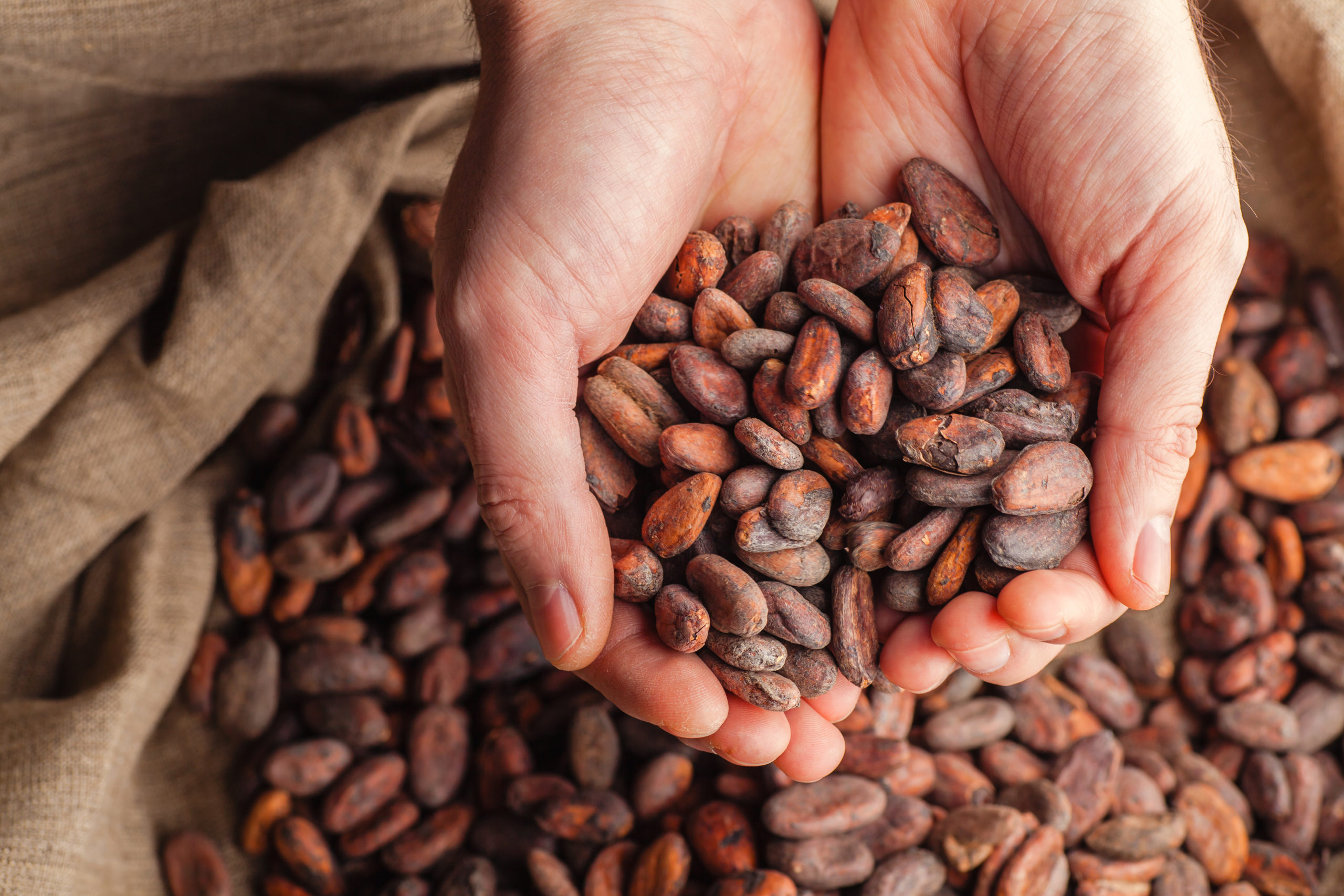
Products
Variations
or Cocoa mass or paste is pure chocolate in its liquid form. Like the cocoa beans (nibs) from which it is produced, it contains both cocoa solids and cocoa butter in roughly equal proportion. From grinding, it now goes to storage and mixing process in the liquid stage, to achive special blends and to control the consistency.
The liquor can now be cooled and molded into blocks known as unsweetened baking chocolate (bitter chocolate). It can be shipped in solid form for further processing elsewhere in the world.
Chocolate liquor contains roughly 53 percent cocoa butter (fat), about 17 percent carbohydrates, 11 percent protein, 6 percent tannins, and 1.5 percent theobromine.
Cocoa butter is obtained from the cocoa liquor which is pressed in a Jumbo Butter Press to separate the cocoa butter from the cocoa solids, the so called cocoa cake. The butter is filtered, cooled and packed. Cocoa butter is usually deodorized to remove its strong and undesirable taste.
Cocoa powder
The cocoa cake is turned into powder, running through the cracker and further to the classifier mill (ICM) which reduces the particle size for finally to go to the crystallizer powder plant and thus archiving its free flowing form of cocoa powder ready for packing and shipment.
Cocoa ingredients
Cocoa powder is the low-fat component of chocolate. In contrast, the fatty component of chocolate is cocoa butter. Cocoa Liquor is the melted combination of cocoa butter and cocoa solids. Cocoa powder are what lends a chocolate bar its characteristic flavor and color, while cocoa butter is what provides smoothness and a low melting point.
Also, cocoa powder are what contain most of the antioxidants associated with chocolate. Accordingly, health professionals recommend consuming chocolate in forms that are high in cocoa powder while low in cocoa butter, such as hot cocoa. Cocoa powder also contain the greatest concentration of the psychoactive chemicals caffeine and theobromine, which are mostly absent in the other half of chocolate, cocoa butter.

